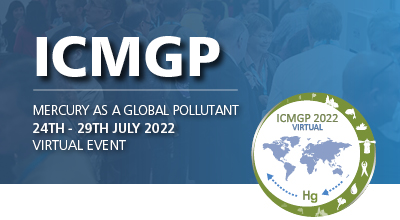| Abstract Title: | Detecting Recent Atmospheric Mercury Trends at Observation Sites Under Climate Variability |
| Presenter Name: | Aryeh Feinberg |
| Company/Institution: | MIT |
| Session: | Special Session - Assessing the effectiveness of the Minamata Convention on Mercury under climate uncertainties |
| Co-Authors: | Aryeh Feinberg,Thandolwethu Dlamini,Noelle Selin |
Abstract Information :
Atmospheric mercury (Hg) trends over time serve as important indicators of the success of the Minamata Convention in preventing Hg emissions. Past trend assessments have found declining trends for 1990?2010 for atmospheric Hg at sites North America and Europe and increasing or stagnant trends in the Southern Hemisphere for 2007?2017. However, there are several challenges associated with interpreting observed atmospheric Hg time series, including: data gaps, few long-term (>10 years) time series, analytical uncertainties in the measurements, interannual meteorological variability, and the representativeness of measurement sites for broader spatial scales. Novel statistical techniques, including generalized additive models, dynamic linear modelling, and meteorological ensembles, have shown potential in recent studies for overcoming these challenges; however, many of these promising techniques have yet to be applied to atmospheric Hg time series. Harnessing such state-of-the-art statistical approaches, we analyze atmospheric Hg measurements for 1990?present in a regression-based framework, accounting for measurement seasonality, autocorrelation, inter-site correlations, and potential meteorological covariates to produce more accurate assessments of trends and their uncertainties. We apply quantile regression to Hg measurement time series to analyze difference in trends from the 5th?95th percentiles. We hypothesize that lower percentile (e.g., 5th) trends are more indicative of trends in background Hg on the hemispheric scale, whereas higher percentile trends (e.g., 95th) are more indicative of local or regional emission changes. Using companion simulations in the global atmospheric Hg model GEOS-Chem, we analyze the sensitivity of available Hg measurement time series to trends in anthropogenic Hg emissions. To investigate the impact of meteorological variability on detected Hg trends, we conduct a set of meteorological ensemble simulations in GEOS-Chem. We assess whether trends in anthropogenic Hg emissions from different source categories and regions can be adequately detected by available Hg measurement networks given analytical uncertainties and climate variability.



